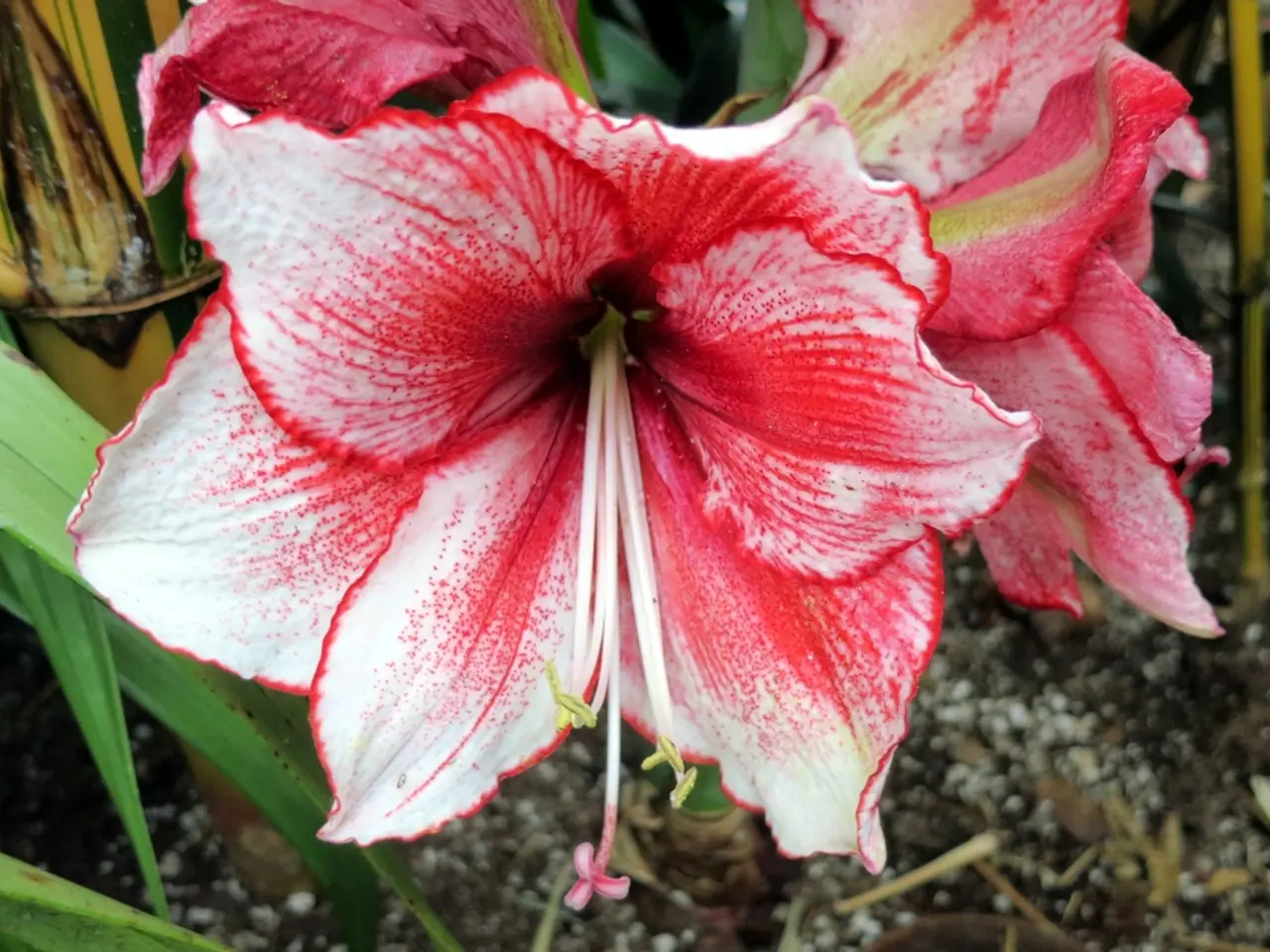Preparing Ground for Planting: A Detailed Instructional Guide
================================================================
In the world of gardening, a well-prepared soil is the foundation for healthy plant growth. Here, we delve into the essential practices for preparing soil and caring for Jade plants.
Preparing Soil for Planting
Clearing debris, loosening soil gently, and incorporating organic matter are key to preparing soil for planting. The ideal soil pH for most vegetables lies between 6.0 and 7.0. Tools like a garden fork or broadfork are recommended over mechanical tillers for smaller gardens, as they preserve soil structure and earthworm activity.
Avoid over-tilling, which can harm soil structure and beneficial organisms. Instead, aim for a depth of 8 to 10 inches for deep-rooted vegetables like tomatoes or potatoes, using a deep spader. For larger gardens, a rototiller might be more efficient.
Timing and Techniques
Prepare soil when it is neither too wet nor too dry, ideally early enough to let it settle before planting. For fall planting, soil temperature and moisture should be moderate—not too hot or wet to allow seed germination and root establishment.
Remove weeds, rocks, and debris to reduce competition for nutrients and pests. Incorporate organic matter like compost, worm castings, and aged manure to enhance fertility and water retention. Balance soil pH naturally using lime to raise pH or sulfur to lower pH as needed. Apply organic mulches (straw, wood chips, shredded leaves) to conserve moisture and improve soil health. Allow amended soil to rest for a few weeks before planting to stabilize soil biology and nutrient availability.
Common Mistakes to Avoid
Avoid over-tilling, planting in soil that is too compacted, dry, or "cement-like," and ignoring soil pH and nutrient imbalances that limit plant health. Neglecting organic matter additions and mulching can also harm soil biology and moisture retention.
Raised Garden Beds
For raised garden beds, a recommended soil mix includes about 40% topsoil, 30-40% compost, and 20-30% aerating materials like coconut coir or peat moss, providing good drainage and fertility. Annual compost and mulch amendments are beneficial to replenish nutrients. Testing soil pH and nutrients annually or every 2-3 years ensures adjustments keep soil fertile.
Jade Plant Care
Jade plants, succulents known for their attractive, fleshy leaves, have specific care requirements. They thrive in well-draining soil with good aeration, preferring a soil depth of 6-8 inches. Overwatering can cause root rot, so water sparingly and ensure proper drainage.
Jade plants require full sun to partial shade for optimal growth. Avoid tilling too early in the season to prevent the earth from becoming hard and unable to retain moisture. Jade plants can be propagated by stem cuttings or leaf cuttings.
Additional Tips
Avoid tilling during periods of heavy rain, as it can be destructive to soil structure, leading to compaction and fast drying out. Tilling wet soil can be particularly harmful, causing soil to shrink and crumble when dry and feel sticky when wet.
Alternative methods to tilling include using a broad fork, a digging fork, or adding a layer of compost on top of the soil and working it in with a fork. Electric or cordless tillers offer a convenient and powerful option for tilling larger areas.
Jade plants are toxic to pets and should be kept out of reach. A level-head rake is useful for finishing a tilled bed, while a shovel or spading fork is suitable for small or medium-sized gardens. A garden fork is versatile for loosening, cultivating, and aerating the soil, as well as mixing in amendments.
Seasonal Tilling
Fall tilling is useful to get ready for the upcoming planting season by mixing in compost and other supplements. The best time to till a garden is typically in the early spring or fall, after the last frost, to reduce the likelihood of soil compaction and poor root penetration.
Clay soil, common in many gardens, has excellent moisture retention and drought tolerance due to its low drainage capabilities. However, it can shrink and crumble when dry and feel sticky when wet.
Growing Jade Plants Indoors or Outdoors
Jade plants can be grown indoors or outdoors, depending on the climate. They tolerate drought well, making them suitable for both environments.
[1] Gardening Know How
[2] The Spruce
[3] Garden Myths
[4] Mother Earth News
- Maintaining a healthy soil structure in your home-and-garden, especially in raised garden beds, is crucial for gardening success. The ideal soil mix for raised garden beds consists of 40% topsoil, 30-40% compost, and 20-30% aerating materials to ensure good drainage and fertility.
- The success of Jade plants, popular succulents known for their attractive, fleshy leaves, relies heavily on lifestyle factors that mimic their natural environment. They thrive in well-draining soil with good aeration, preferring a soil depth of 6-8 inches, similar to a small home garden plot.





